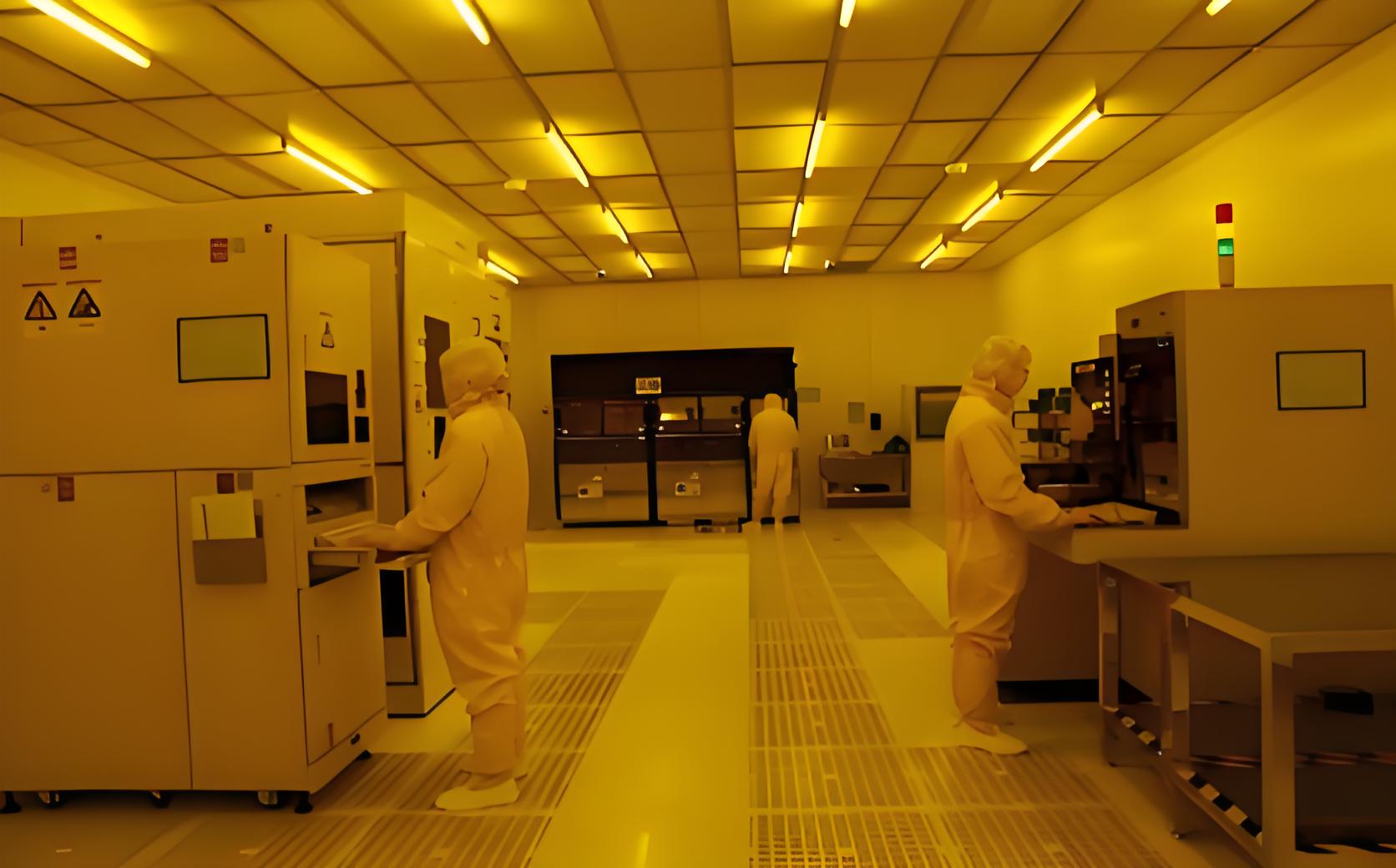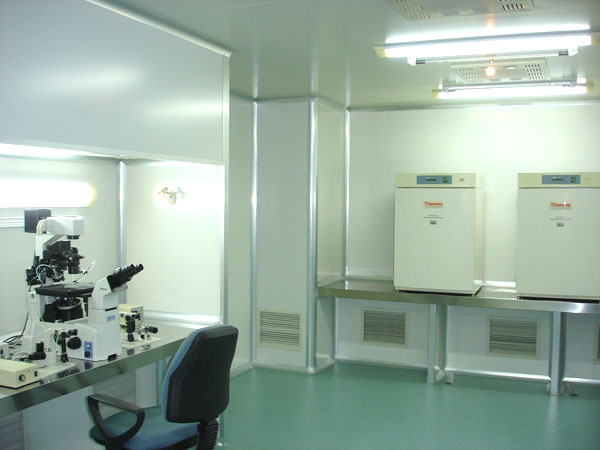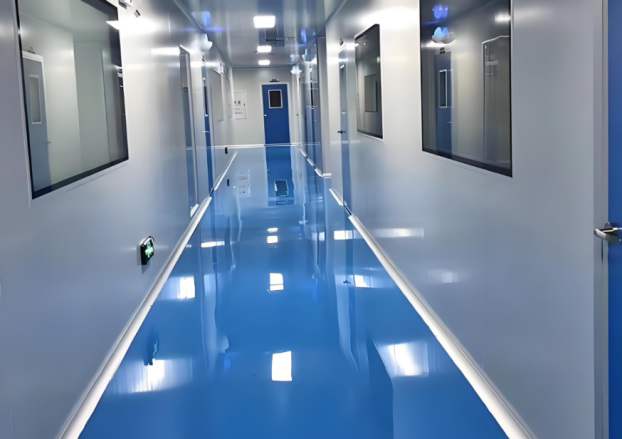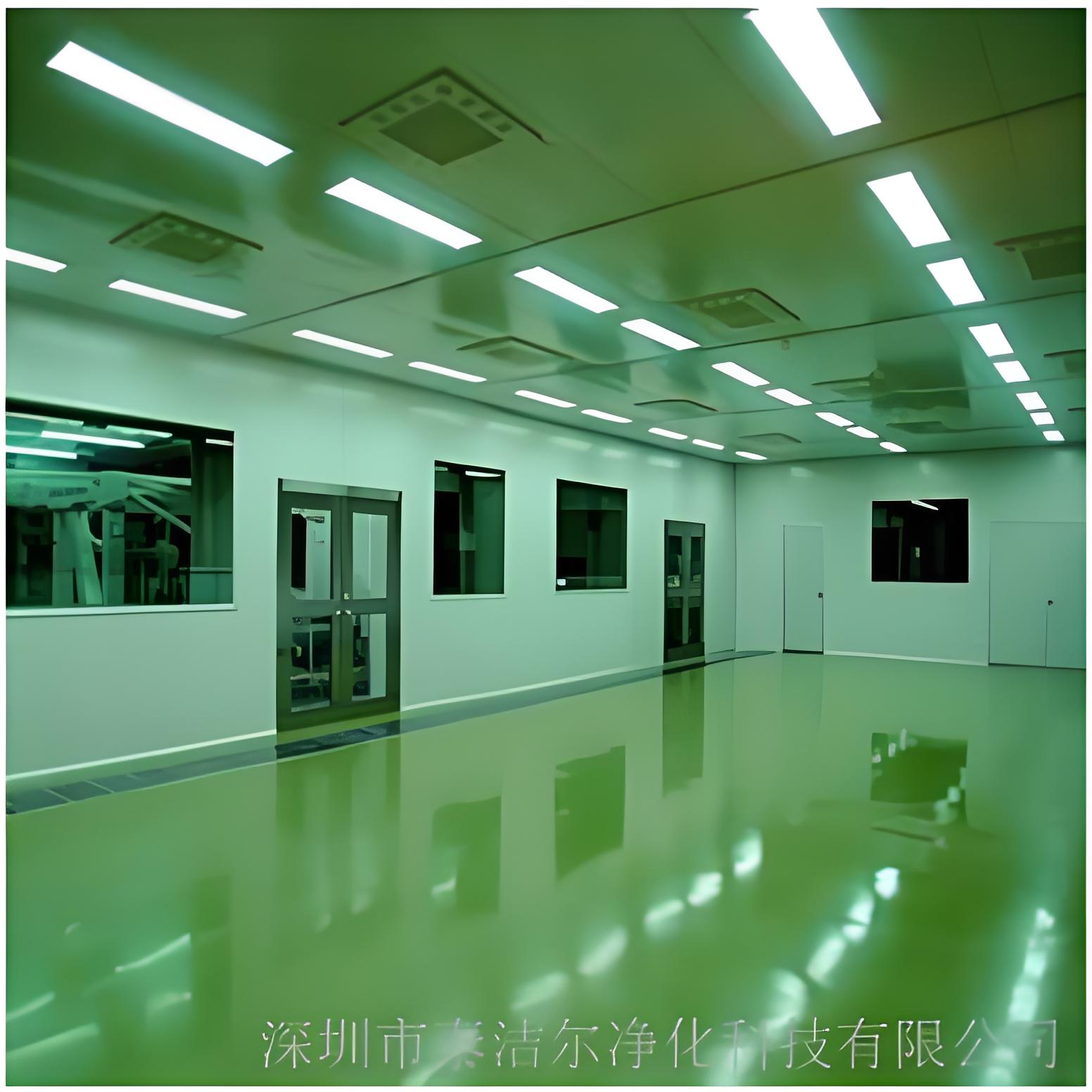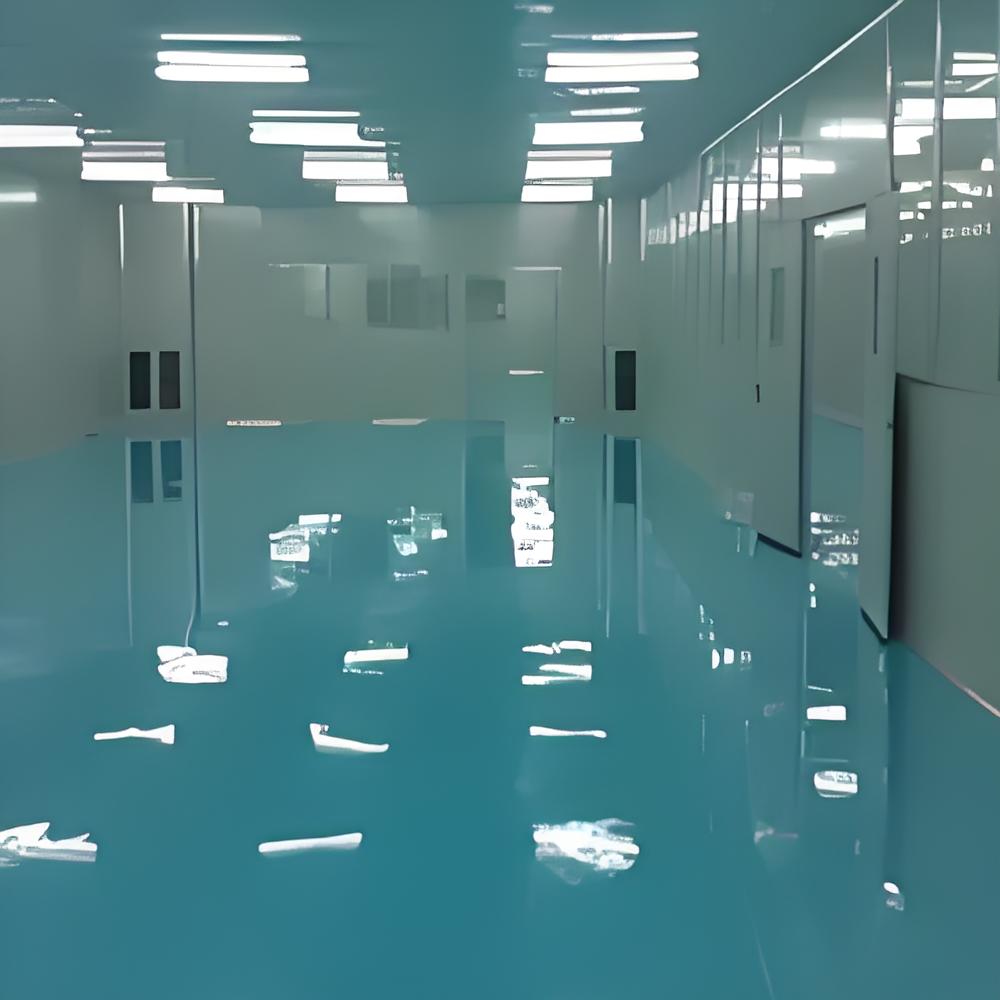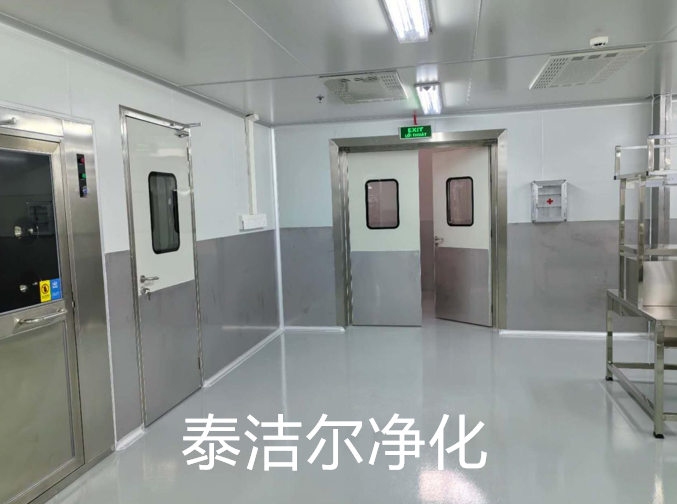
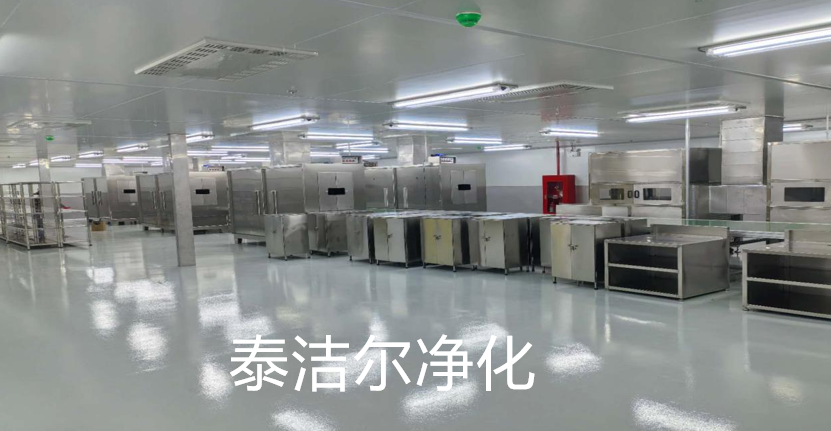
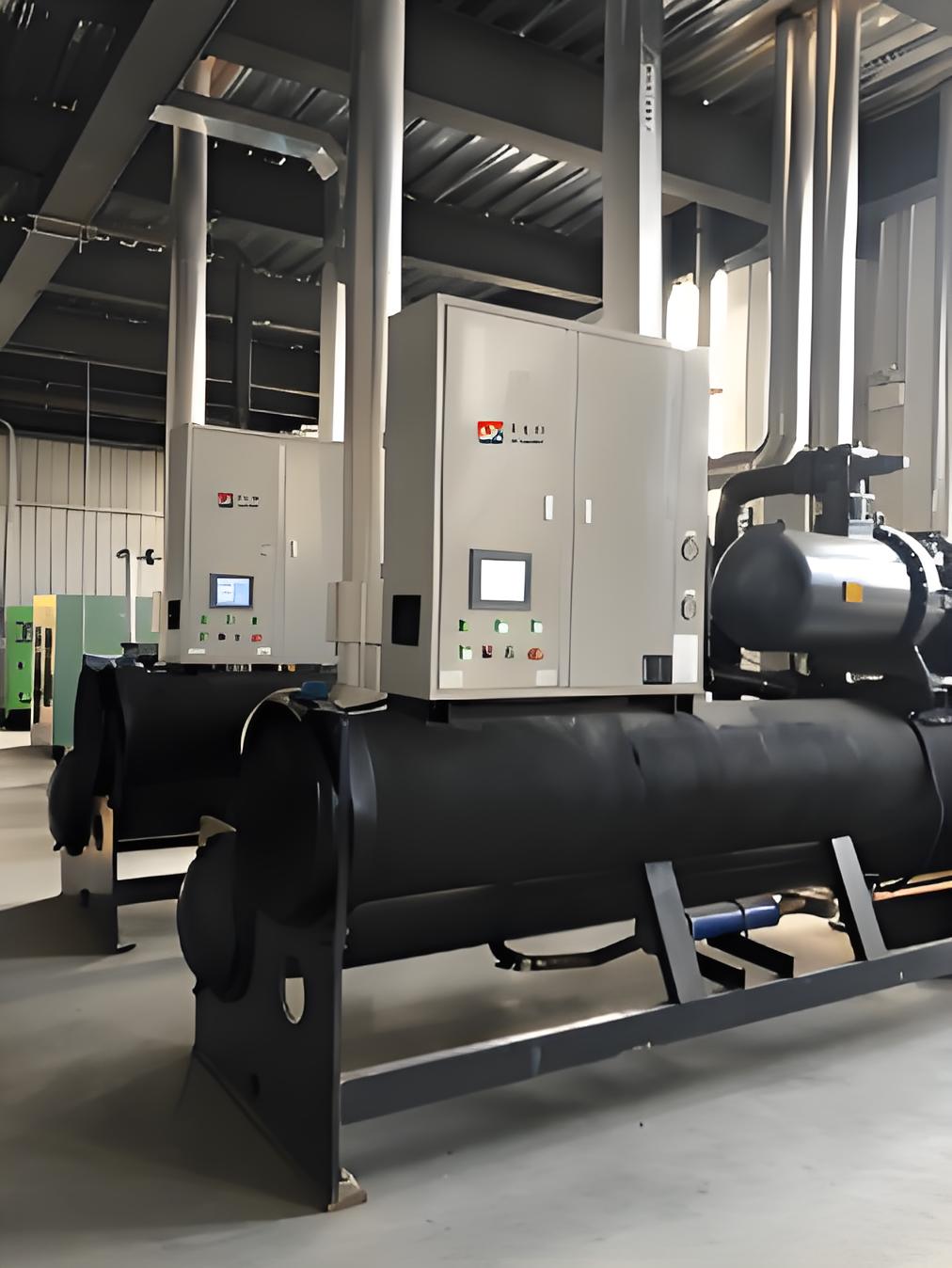
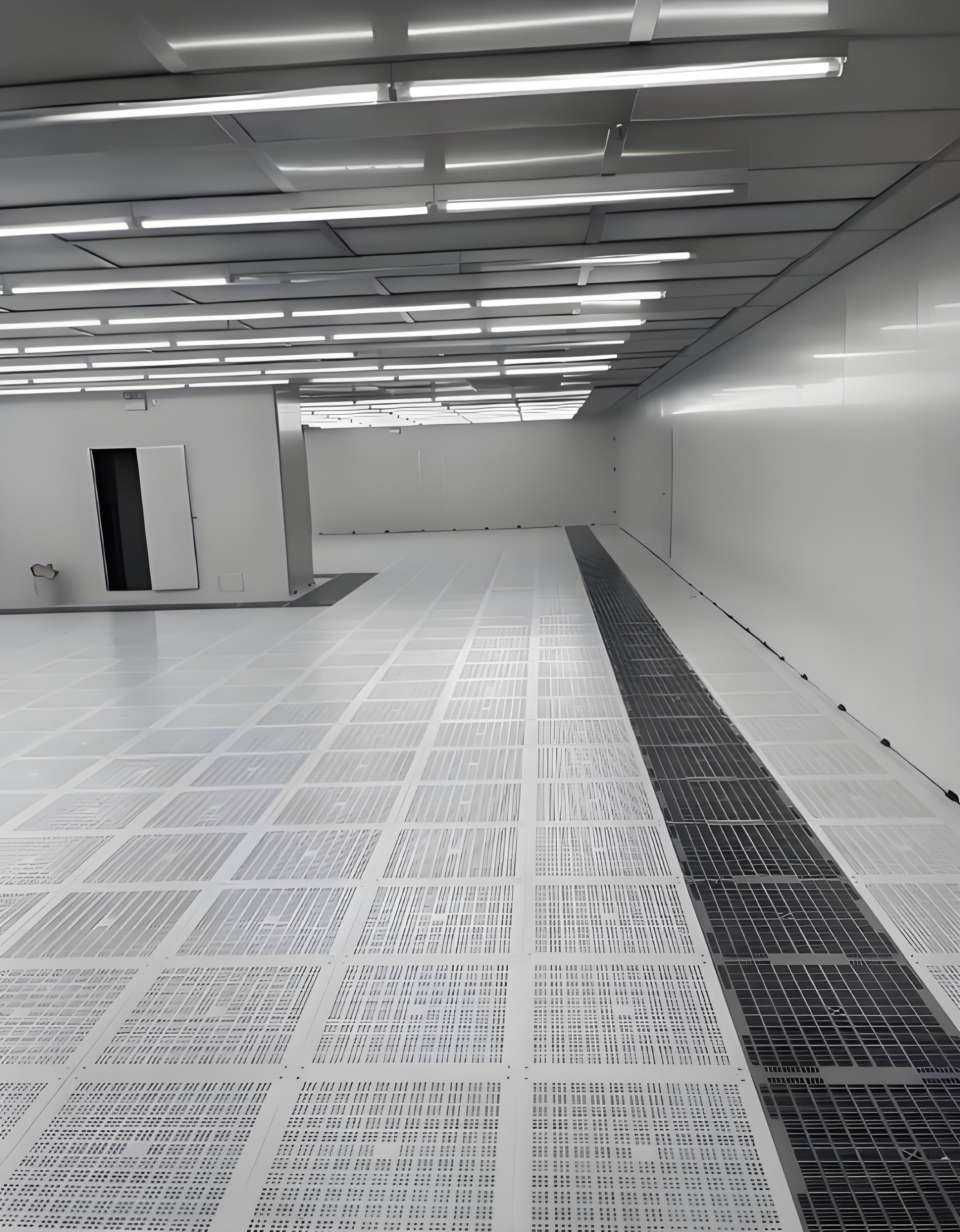

Dust-free cleanroom - important considerations when decorating and dust-free cleanroom - maintenance and upkeep issues
Dust-free cleanroom: what points should be noted during decoration
Dust-free cleanroom is widely used in the production and processing of special products, serving as a prerequisite for optimizing product quality. However, decorating a dust-free cleanroom is far from simple. It requires careful planning from multiple perspectives, especially in achieving optimal integration through dust-free standards. This article will briefly outline key considerations when decorating a high-quality dust-free cleanroom.
Dust-free cleanroom: what points should be noted during decoration
First, we should start by selecting the best materials
Fundamentally, unlike regular dust-free cleanroom maintenance (e.g., standard maintenance), the core difference lies in decorating with professional-grade materials. A dust-free cleanroom must prioritize standardized materials to ensure the construction meets dust-free filtration requirements, especially when using modern materials in dust-free cleanroom decoration—focusing on comprehensive quality. This is why reputable dust-free cleanroom decorators are crucial for meeting specific standards.
Second, optimizing and improving inspection standards
As everyone knows, decorating a dust-free cleanroom requires unique inspection standards, with specific requirements for each aspect. Therefore, to ensure long-term quality service, it’s essential to understand industry-specific production standards and incorporate them during decoration. This ensures the dust-free cleanroom meets market recognition and future usage needs, especially in pharmaceuticals and food industries.
In reality, the standards and requirements for decorating a dust-free cleanroom are much higher than for ordinary workspaces. It must be optimized for production and processing needs. Thus, during decoration, relying on rational design and scientific material applications is key to achieving high-standard production goals.
Dust-free cleanroom - maintenance and upkeep issues
1. Whenever possible, all equipment needing maintenance should be moved outside the dust-free cleanroom before servicing to minimize contamination risks.
2. If necessary, isolate fixed equipment needing upkeep from surrounding clean areas before proceeding. Alternatively, relocate all in-production items to a suitable area.
3. Areas adjacent to equipment under maintenance should be closely monitored to ensure effective contamination control.
4. Maintenance personnel in isolated areas should avoid contact with production or operational staff in the dust-free cleanroom.
5. Maintenance staff entering the dust-free cleanroom must adhere to its protocols, including wearing appropriate work attire. After completion, the area and equipment must meet cleanliness standards.
6. If technicians need to lie under or climb equipment, assess work conditions first. Neutralize chemicals, acids, or biohazards before starting.
7. Protect maintenance staff’s clean attire from contact with oils, chemicals, or contaminants. Avoid tears from sharp edges.
8. All tools, containers, carts, etc., must be thoroughly cleaned before entering the dust-free cleanroom. No rusty tools are allowed. In bio-cleanrooms, sterilization may be required.
9. Avoid placing tools, spare parts, or cleaning materials near product or material surfaces.
10. Prioritize cleanliness during maintenance. Replace gloves regularly to prevent skin contact with clean surfaces.
11. If acid-resistant, heat-resistant, or cut-resistant gloves (non-cleanroom grade) are needed, ensure they meet cleanroom standards or wear cleanroom gloves over them.
12. For drilling or cutting, use specialized covers and cleanroom-grade vacuum systems to capture dust immediately.
13. Seal any holes or gaps after drilling walls, floors, or equipment surfaces to prevent contaminants from entering the dust-free cleanroom.


